Physical Address
304 North Cardinal St.
Dorchester Center, MA 02124
Physical Address
304 North Cardinal St.
Dorchester Center, MA 02124
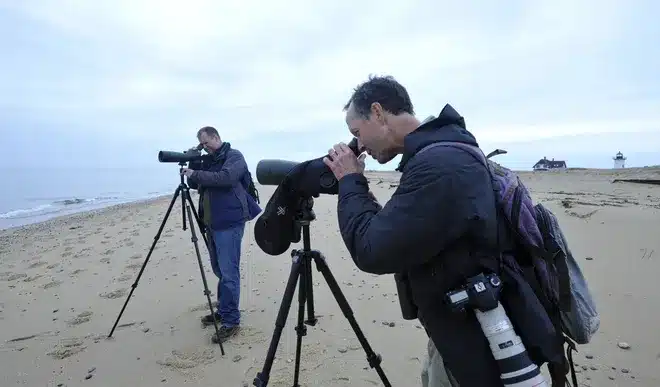
If you’re a bird enthusiast, Norway is a paradise for you. With its diverse landscapes, ranging from mountains to coastline, Norway offers a wide range of habitats for birds, both resident and migratory.
In fact, Norway is home to over 450 bird species, making it a popular destination for birdwatchers from around the world.
To help you plan your birdwatching adventure in Norway, we’ve compiled a list of the best spots for bird watching.
From the Varanger Peninsula in the north to the Svalbard Archipelago in the Arctic, these locations offer a unique opportunity to observe a wide range of bird species in their natural habitats.
So grab your binoculars and get ready to explore the beautiful Norwegian countryside while watching some of the most fascinating birds in the world.

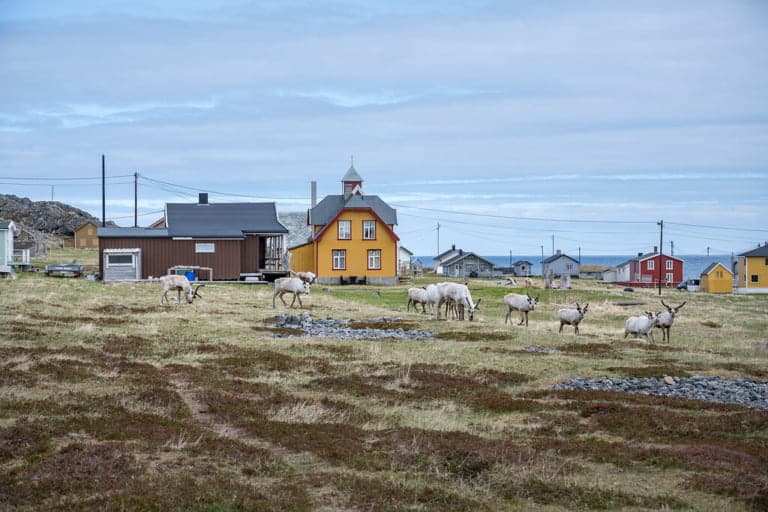
You’ll love exploring the Varanger Peninsula for bird watching – it’s a prime spot! This remote and rugged area in northeastern Norway is home to a wide variety of Arctic bird species, many of which can’t be seen anywhere else in the world.
The area is particularly known for its seabird colonies, which include kittiwakes, guillemots, and puffins. Inland, you’ll find a wealth of other birdlife, including tundra swans, Arctic loons, and several species of ptarmigan.
Aside from the incredible bird watching opportunities, the Varanger Peninsula is also a great spot for Northern Lights viewing. The dark, clear skies of winter offer a perfect backdrop for this natural phenomenon, and you might even be lucky enough to see the Lights dancing above a flock of birds.
If you’re planning a trip to Norway for bird watching or Northern Lights viewing, be sure to put the Varanger Peninsula on your list – you won’t regret it! And speaking of great bird watching spots, the next destination on our list is Jomfruland National Park…

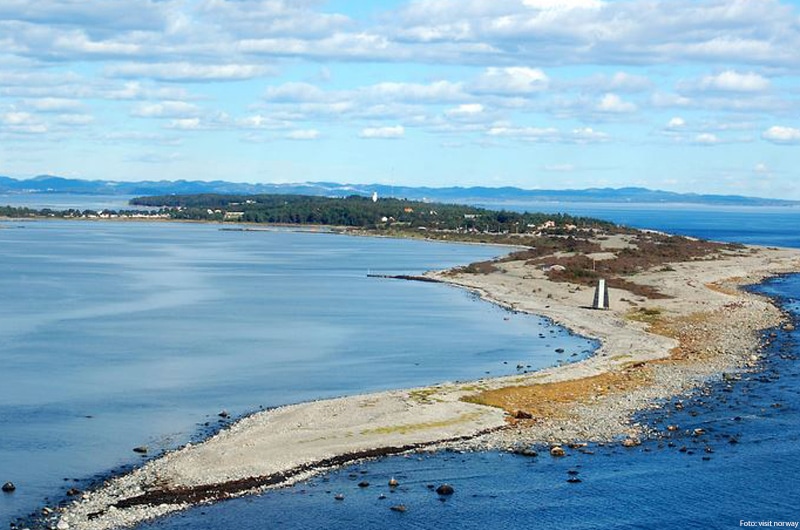
If you’re lucky enough to visit Jomfruland National Park, you’ll be able to witness a diverse range of bird species in their natural habitat.
Located in the southern coast of Norway, this national park is home to several species of seabirds such as common eider, guillemot, razorbill, and black-legged kittiwake.
The park’s unique habitat of sandy beaches, rocky shores, and shallow waters create the perfect environment for these birds to thrive.
To make the most out of your visit, consider taking one of the guided tours offered by the park. These tours are led by experienced birdwatchers who can point out the different species and provide valuable insights about their behavior and habitat.
Whether you’re a seasoned birdwatcher or a beginner, these tours offer a great opportunity to learn and appreciate the beauty of these magnificent creatures.
As you wrap up your visit to Jomfruland National Park, get ready to explore another natural wonder of Norway – Rondane National Park, where you can witness the majestic beauty of the mountains and its wildlife.

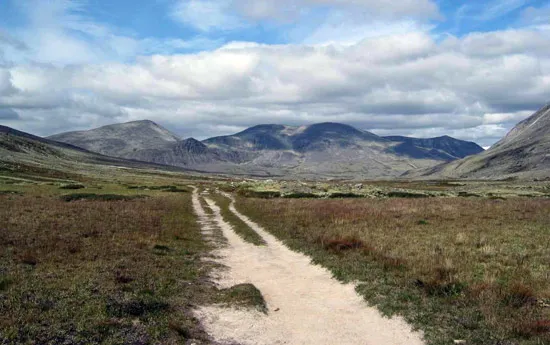
When visiting Norway, it’s worth exploring Rondane National Park to witness the stunning beauty of its mountains and wildlife. The park spans over 3,500 square kilometers and is home to a diverse range of wildlife, including reindeer, elk, lynx, and more than 140 bird species.
The park’s hiking trails provide an excellent opportunity for bird watching, with some of the most popular routes being the Rondane Roundtrip and the Peer Gynt Trail. Rondane National Park’s wildlife diversity is a result of the park’s varied landscape, which ranges from alpine tundra to lush valleys.
The park’s bird species include the golden eagle, peregrine falcon, and the elusive great grey owl. Visitors can also spot the wheatear, dotterel, and ring ouzel while hiking along the trails. Whether you’re a seasoned birder or a novice, Rondane National Park offers a unique opportunity to witness the beauty of Norway’s wildlife.
As you leave Rondane National Park, you might want to consider visiting the next stop on your bird watching tour: øvre pasvik national park.

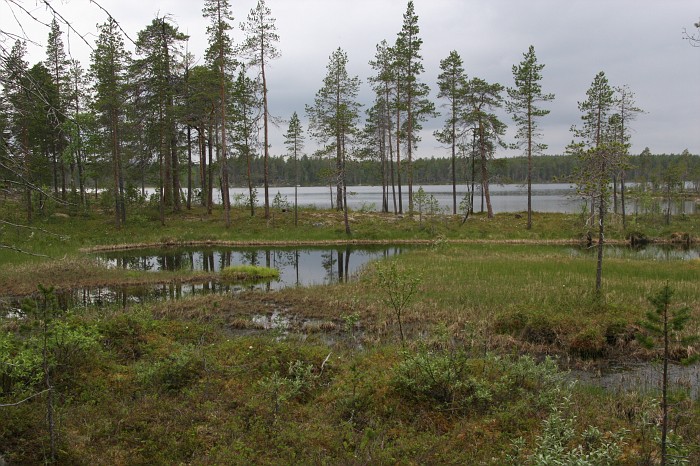
If you’re a bird enthusiast, you’ll be thrilled to know that Øvre Pasvik National Park is a prime location for forest bird watching.
The park is situated in the heart of the boreal forests, which are home to several species of woodpeckers and owls.
As you explore the park, keep your eyes peeled for these magnificent birds, and be prepared to witness some truly awe-inspiring moments in nature.
You’ll be amazed by the variety of forest birds you can spot in Norway’s lush greenery. To make the most out of your bird watching trip, bring along a pair of binoculars and equipment to help you identify the different species.
Here are some bird identification tips to help you along the way:
Norway’s boreal forests are some of the best places to spot forest birds.
In the next section, we’ll explore the beauty of these forests and the unique bird species that call them home.
You may have already enjoyed watching forest birds in Norway, but have you ever considered exploring the boreal forests? These expansive forests that stretch across the northern hemisphere are home to an incredible diversity of bird species.
In Norway, the boreal forests are found in the northern and central regions, covering vast areas of both inland and coastal areas.
Some of the most stunning bird species found in boreal forests include the majestic Northern Hawk Owl, the striking Three-toed Woodpecker, and the elusive Gray Jay. Other common species include the Pine Grosbeak, the Black-capped Chickadee, and the Boreal Chickadee.
However, these forests face significant challenges due to climate change. The warming temperatures and changes in precipitation patterns are altering the habitat and food sources of these birds, which could have a devastating impact on their populations.
As a bird watcher, it’s important to be mindful of the impact of climate change on boreal forest birds, and to support conservation efforts that protect their habitats.
As you continue your journey of bird watching in Norway, make sure to keep an eye out for the unique and beautiful woodpeckers and owls that call these forests home. These birds are not only fascinating to watch, but they also play crucial roles in maintaining the health and balance of the forest ecosystem.
So, let’s move on to the next section and explore the best spots to observe these incredible birds!
Get ready to be amazed by the stunning woodpeckers and owls that call the boreal forests of Norway their home! These birds not only look beautiful, but they also have fascinating behavior that makes them a joy to watch. Here are some things to look out for:
As you explore the boreal forests of Norway, keep an eye out for these amazing birds and their unique behavior. And as you continue your journey, you’ll soon discover the wonders of the Svalbard Archipelago.


Exploring the Svalbard Archipelago for bird watching is a unique experience that will take your breath away. This remote region in the Arctic is home to a diverse range of bird species that aren’t found anywhere else in the world.
The archipelago is particularly known for its seabird colonies, which include Atlantic puffins, black-legged kittiwakes, and guillemots. You can also spot birds such as the ivory gull, the Arctic tern, and the snowy owl in this region.
Apart from the bird watching experience, the Svalbard Archipelago is also known for its Polar bear sightings. This region is one of the few places in the world where you can observe Polar bears in their natural habitat. However, it’s important to note that these animals are dangerous and should be observed from a safe distance.
If you’re lucky enough, you might even get to witness the interaction between Polar bears and the Arctic bird species that inhabit the region. Overall, visiting Svalbard for bird watching is a memorable experience that should be on every birder’s bucket list.
From the Varanger Peninsula to the Svalbard Archipelago, Norway offers a haven for bird enthusiasts. At Varanger Peninsula, you’ll be awed by the sight of thousands of birds flying together, including the stunning Steller’s Eider.
Jomfruland National Park also provides a unique opportunity to watch birds up close, including the majestic white-tailed eagle. Rondane National Park offers a chance to spot the rare and elusive Gyrfalcon, while Øvre Pasvik National Park boasts of the iconic capercaillie, black grouse, and willow grouse.
And lastly, the Svalbard Archipelago will leave you spellbound with its remarkable population of seabirds, including the Thick-billed Murre and the Brünnich’s Guillemot. These locations offer a unique chance to witness the beauty of birds in their natural habitat.
So, what are you waiting for? Grab your binoculars and don’t miss the opportunity to witness the marvels of birdlife in Norway.